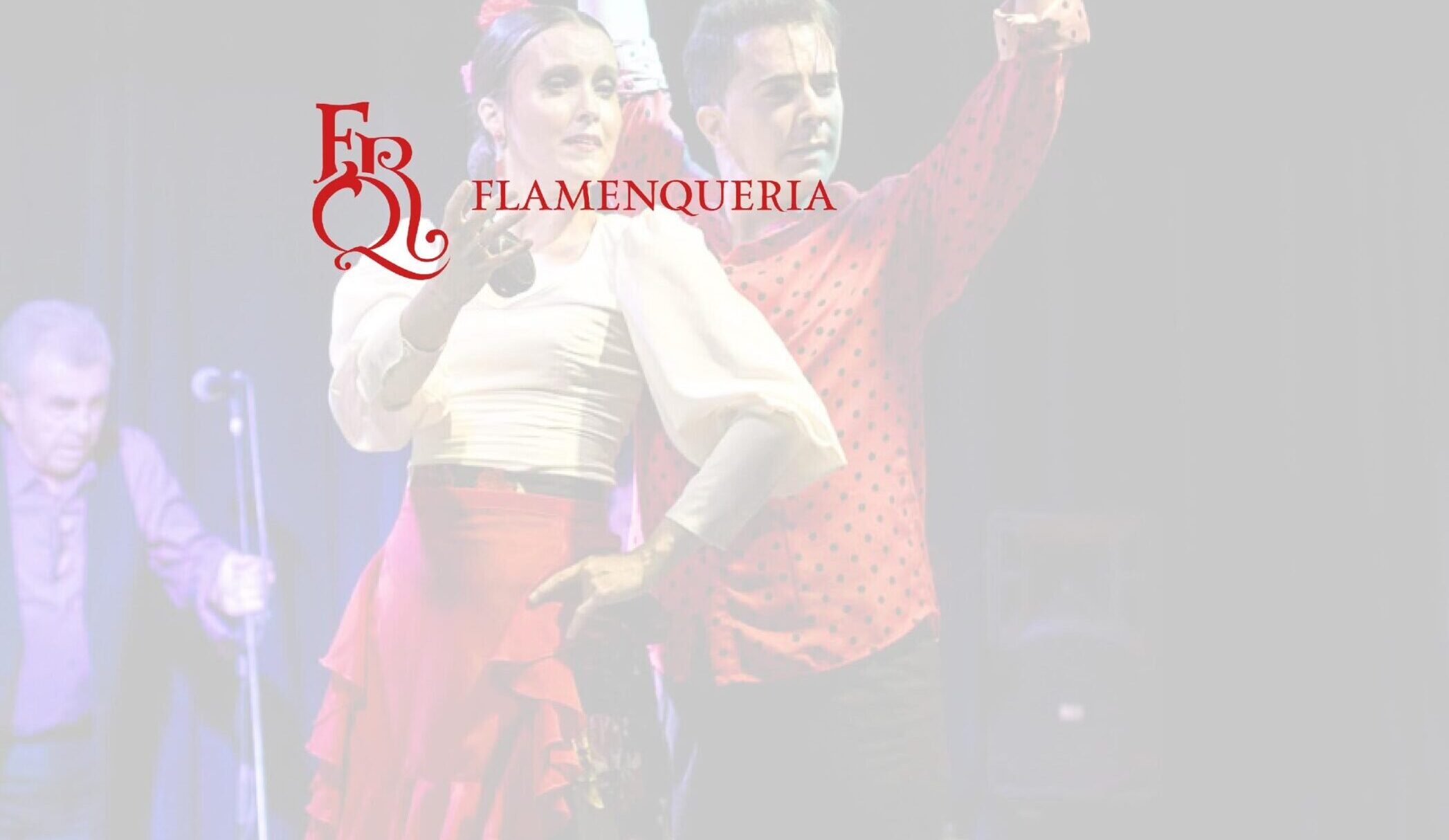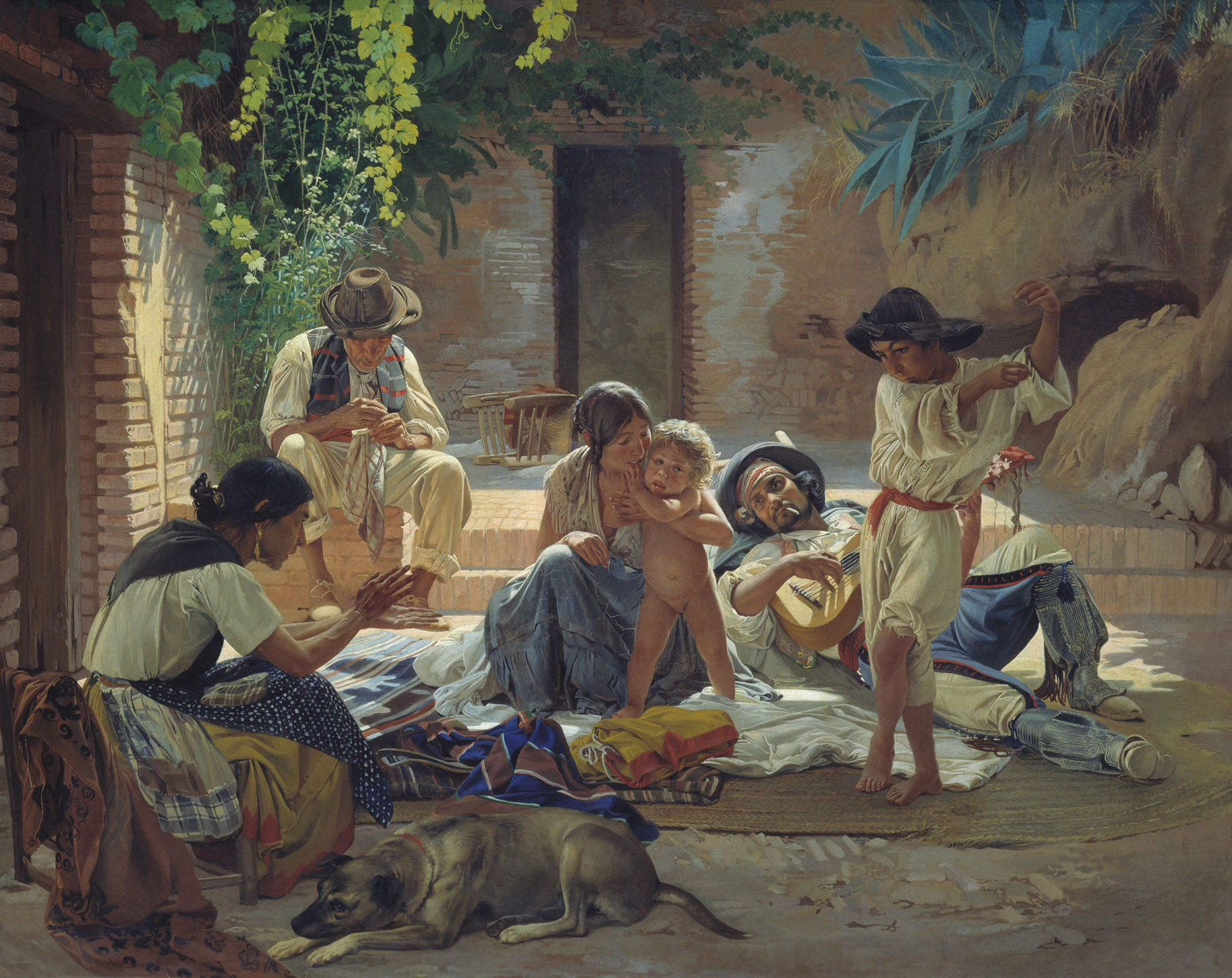 Sevilla
Sevilla
in this province, the attribution of the songs is distributed among four large places: Triana, Utrera, Alcalá and Lebrija. The toná comes from the Sevillian suburbs, soleá and its variants, tango and various styles of seguiriya. From there, where they forged their art Frasco el Colorao, the Ollero, the Caganchos, the Andonda, Uncle Noriega, the Matrona, Tomás and Pastora Pavón, the Buttstock, The Sandbox, Marquez the Shoemaker, El Sordillo, Manuel Oliver or Paco Taranto, the singing leaves for other towns, so that in Alcalá a characteristic style of soleá emerges from the hand of the Gordos.
Another case is that of Utrera, where Mercé la Serneta from Jerez settles to create a legitimate and genuine soleá melody which is later joined by Rosario la del Colorao or the Perrate, as well as the Girls of Utrera, Fernanda and Bernarda. This population has always maintained direct contact with Lebrija thanks to the railway., hence, For example, the Pinini saga, started by Popá Benito, is divided between both locations. The figures of Diego the Lebrijano or Juaniquín, this last owner of a style of soleá, like those of Antonia Pozo, La Rumbilla -where the Valencias come from-, Malena and the Perrata, mother of Juan Peña el Lebrijano.




 Málaga
Málaga Jaen
Jaen Huelva
Huelva Granada
Granada Córdoba
Córdoba Cadiz
Cadiz Almeria
Almeria A tourist and cultural vision of flamenco
A tourist and cultural vision of flamenco The Guitar, last to join.
The Guitar, last to join. The history of flamenco with respect to its geographical distribution
The history of flamenco with respect to its geographical distribution The present and future of the genre. The Fourth Golden Key of Singing.
The present and future of the genre. The Fourth Golden Key of Singing. The festivals
The festivals Revaluation of flamenco. Third Golden Key of Singing
Revaluation of flamenco. Third Golden Key of Singing The Flamenco Opera
The Flamenco Opera Flamenco in Madrid. The Pavón Cup. Second Golden Key of Singing
Flamenco in Madrid. The Pavón Cup. Second Golden Key of Singing The contest that took place in 1922 in Granada
The contest that took place in 1922 in Granada The great creators. The Golden Age. The Singing Cafes
The great creators. The Golden Age. The Singing Cafes Evolution. Hermetic Stage. First singers
Evolution. Hermetic Stage. First singers Origin of the word “flamenco”
Origin of the word “flamenco” First written references
First written references Musical background
Musical background